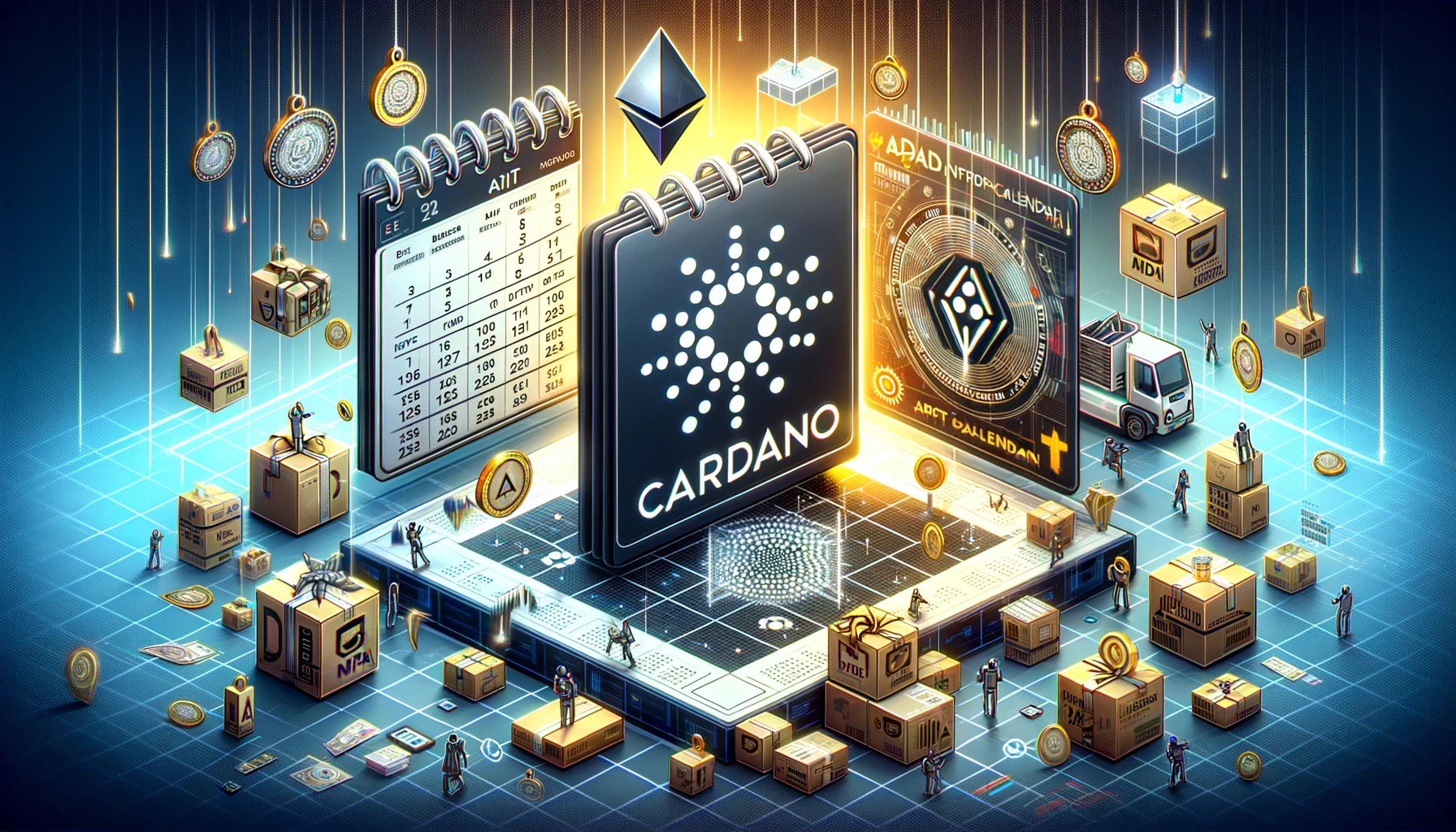Curio Cards is Headed to Christie's Auction House - Where Do Prices Go Next?
August 26, 2021 - 7 min read
Curio Cards is headed to Christie's New York Auction on October 1st - what does this mean for prices of the cards? I break down distribution of the supply and project some scenarios relative to the total sales volume of CryptoPunks.

If you enjoy this article and want to get weekly notifications when new posts go live, subscribe to my e-mail list here.
Before diving into this, please remember not to buy projects just because I bought them. This analysis is not financial advice and there are many more “ifs” than there are certainties. Never spend more than you can afford to lose. I own 3 Curio Cards and don’t want to “pump my bags”. Read this in detail and come to your own conclusion before buying anything.
A full set of Curio Cards (1–30 and a 17b misprint card) are headed to Christie’s Auction House, a world-famous auction house, in New York City on October 1st:

Source: Twitter
This is a big deal because this is the same auction house that sold Beeple’s “The First 5,000 Days” NFT for $69 million. They also sold a bundle of 9 CryptoPunks for $17 million in May.
It both helps legitimize NFTs as art and brings recognition to Curio Cards, the first known art on Ethereum.
Since the news of heading to Christie’s Auction house hit, Curio Cards have experienced another run-up with 5,551.49 ETH (~$18 million) in sales volume in 24 hours (and it’s increasing as we speak as OpenSea as delays on its data):

Source: Opensea.io
Hundreds of new people bought Curio Cards bringing the total number of owners to 3,300, up from 2,100 owners just a few weeks ago.
Comparing the Last Pump (August 4th) to the Current Pump (August 25th)
During the last acceleration of value on Curio Cards (August 2nd-August 4th), 3,282 Curio Cards sold at an average price of $3,905 with a $12.82 million trading volume.
As of August 25th, 8:00 pm EST, 3,620 Curio Cards were sold for an average price of $8,200 with $29.86 million in volume.
Below is a comparison between each spike in sales volume for Curio Cards:

Source: Startwithnfts.com
The key number we want to focus on at first is the volume of sales during these two spikes: 11,902 transactions.
There is a maximum of 27,851 Curio Cards across the entire set. Some are permanently locked in a faulty wrapper, and others are held in inactive wallets (zero activity 1,000 days or longer).
To be conservative in our estimates, we are going to assume the full supply of 27,851 Curio Cards.
In two weeks of “pump” volume, Curio Cards turned over 25% of the maximum supply of cards:

Source: Startwithnfts.com
In the past 30 days, 8,550 Curio Cards have been sold (this doesn’t mean unique cards, it could be the same card sold multiple times).
With some simple math, we can project out 100% turnover of the maximum supply (which is about double of active supply).
285 Curio Cards sold per day during the last 30 days, so it would take 68 more days to cycle through the rest of the 27,851 cards (again, please remember some cards are sold multiple times and this is total supply, not active):

Source: Startwithnfts.com
If every Curio Card became active on Opensea today, and sales volume maintained a similar 30 day pace, it would be 6–7 weeks for that supply to turn over 100%. Keep in mind, during pumps, there were 517 cards sold per day, so we are taking the 30-day average to be more realistic.
This is a very important metric to keep an eye on.
When I wrote up my last analysis, there were 7.1 assets per Curio Card owner (2,100 owners to 14,900 assets).
With 3,300 owners after the second pump, there are now 4.8 assets per owner. This assumes 14,900 active assets, which has since gone up, but Opensea’s total items report is currently broken.
Again, this distribution is critical.
If someone has multiple copies of a card, he or she is not hodling for the highest price — once it hits a certain price point, they will sell and take profits. This is a rational action.
Comparing Curio Cards to CryptoPunks
This is where I tell you again, not every project can be like CryptoPunks.
Christie’s may bury the auction in a lot and not provide the marketing support we all think Curio Cards deserves.
The supply of Curio Cards is higher than Punks.
However, Curio Cards pre-dates punks, and is a completely different project — it is digital art, and the first on Ethereum.
I’ve done a previous analysis that showed the average price of a Curio Card (in US Dollars) at various %s of all-time CryptoPunk sales volume.
Things move fast in the NFT space, and lots of Punks have sold since then (largely due to Visa purchasing one), so we are going to do the analysis with the maximum Curio Cards supply and updated Punks sales data.
According to Opensea.io, CryptoPunks have a 375,134 ETH all-time sales volume, Curio Cards is at 17,771 ETH all-time sales volume. This means that Curio Cards total sales volume is 4.7% of CryptoPunks.
Below is a table that uses shows various % of the total sales volume of CryptoPunks and the resulting price per asset if every single Curio Card were active today:

Source: Startwithnfts.com
You can see, at 50% of the CryptoPunks all-time sales volume, the average Curio Card would be 6.73 ETH, or $21,550.
Remember, this is an average. Rarer cards likely would command more than 6.73 ETH, and less rare would command less.
This chart also factors in new sales volume only, not the 4.7% that’s already been done.
This would mean that at 50% volume, 187,567 in ETH (~$600 million) would need to be spent on Curio Cards for the average price to reach 6.73 ETH.
Please remember that this is a projection. This is a “what if”. It is not guaranteed and this is NOT financial advice. Any decisions you make are yours and yours alone.
How to Project the Value of Your Curio Card
If you are holding a Curio Card and want to know where it fits in with this projection, look at the card’s last sale.
The average sale price is $8,400, or about 2.6 ETH.
If the last sale was below that, your card would likely fall below the average in the projected table. If your card is above that, it likely would project above the average.
Example: Card #30 just sold for 6.99 ETH, or 168% of the average sale.
The average price per asset at 50% sales volume is 6.73 ETH in the table above. Multiply that by 1.68 and you could project card 30 selling for 11.3 ETH in that scenario.
What happens to Curio Card prices next?
Given that at the time of writing this, card 23 sold for 192.79 ETH ($623,000), a record sale for any individual Curio Card, it seems like we will go through a few more cycles of high sales volume leading up to Christie’s auction.
However, each time Curio Cards has increased, the prices have retracted. We saw Curio Card #1, the Apple, hit 11.75 ETH on 8/6, then fall to 4.1 ETH before rebounding to its current floor of around 20 ETH.
Remember, the cards still need distribution. Someone holding 8 cards is happy to make a profit and undercut when the sales slow down.
It’s also fair to question whether or not $600 million (50% of total CryptoPunks volume) would come into this market, but keep in mind, the top 25 CryptoPunks sales account for about $50 million.
Also keep in mind that CryptoPunk #3831 sold for 70 ETH ($92,200) on January 24th, 2021, and just 7 months later sold for 850 ETH ($2.08 million). That’s 1,114% growth (ETH). Things move fast when a project gets momentum and is recognized amongst the community as a “must-have if you can afford”.
No one can predict the future — this could go the opposite way, so please don’t spend more than you can afford to lose.
Newsletter
Enter your email address below to subscribe to my newsletter
latest posts





